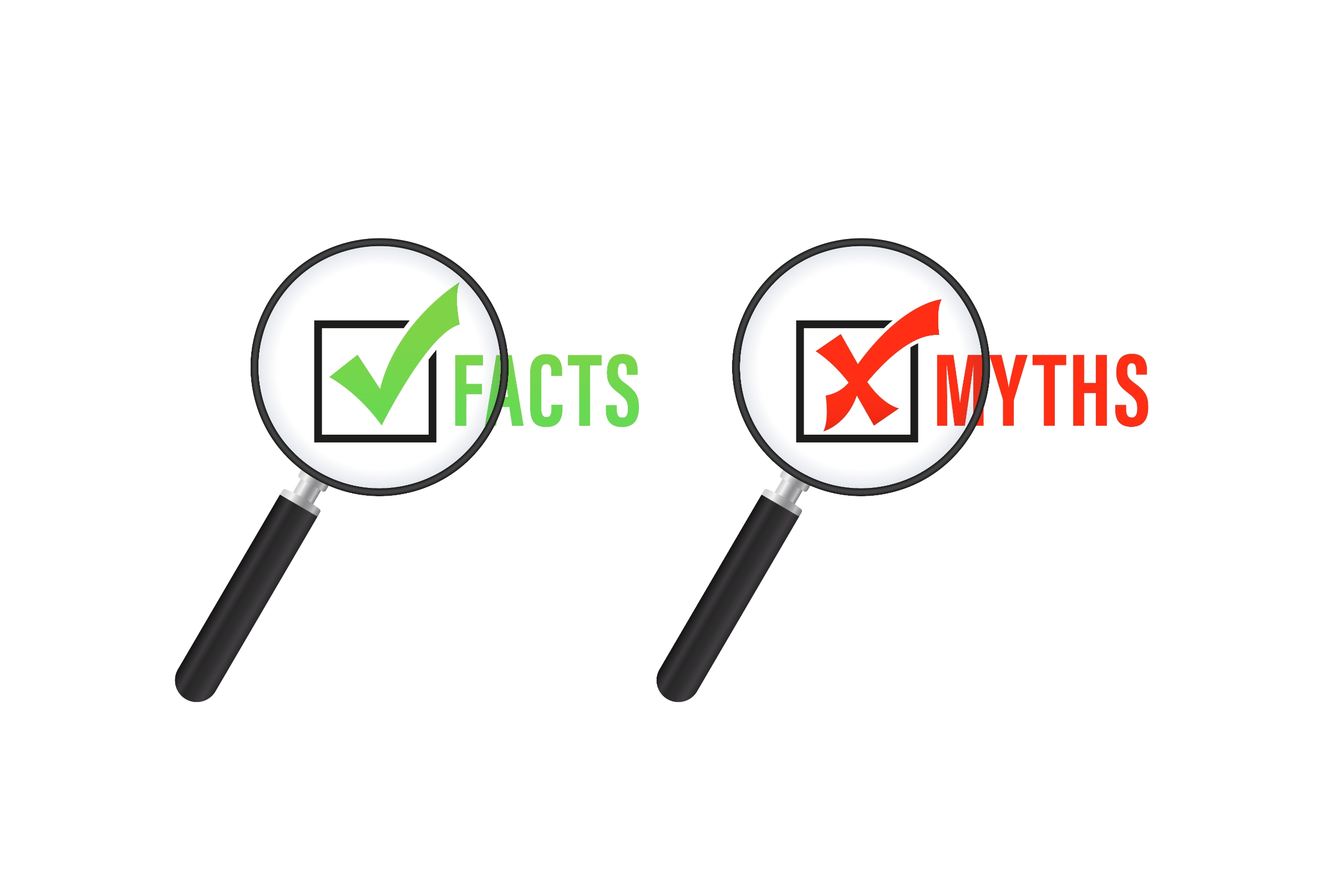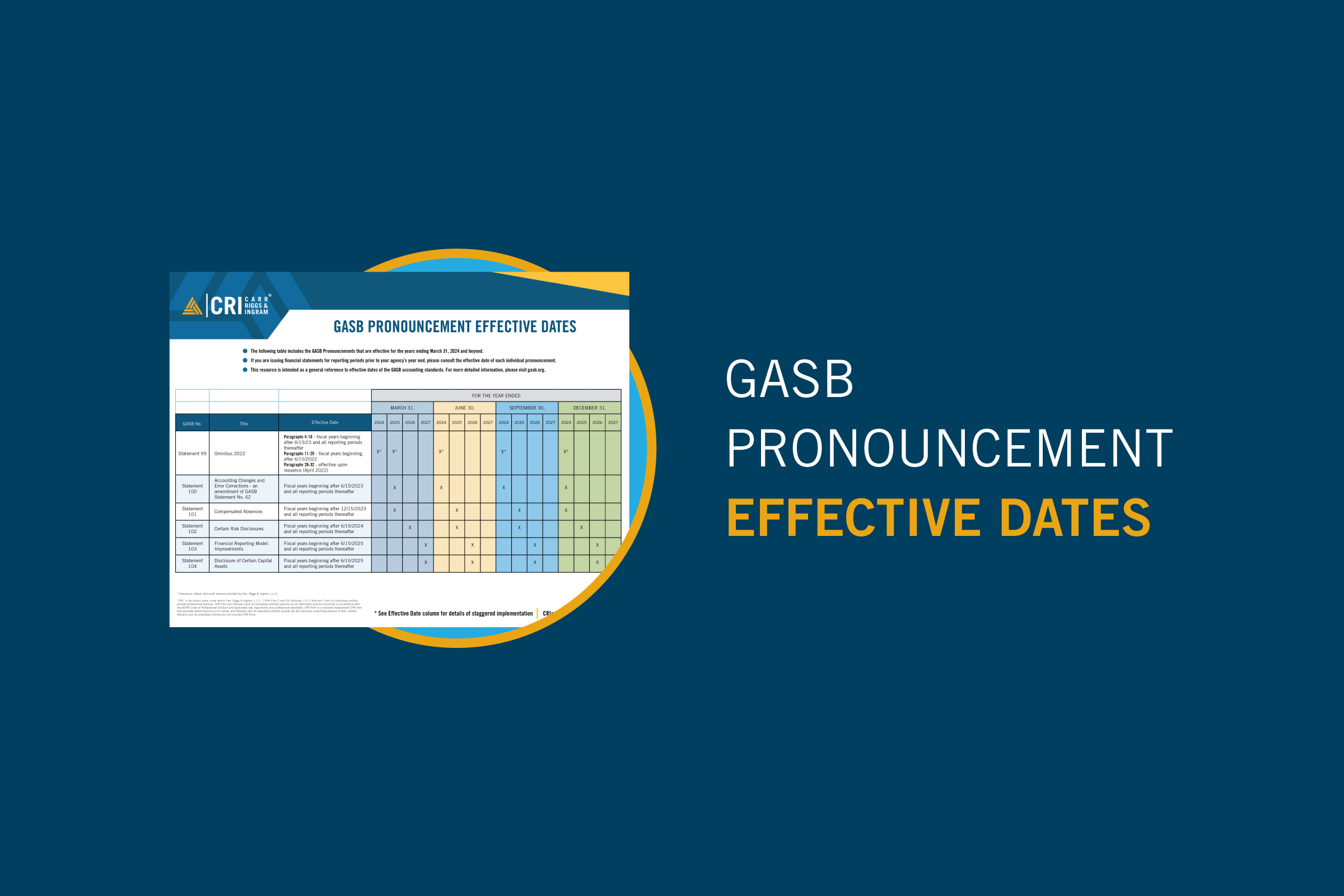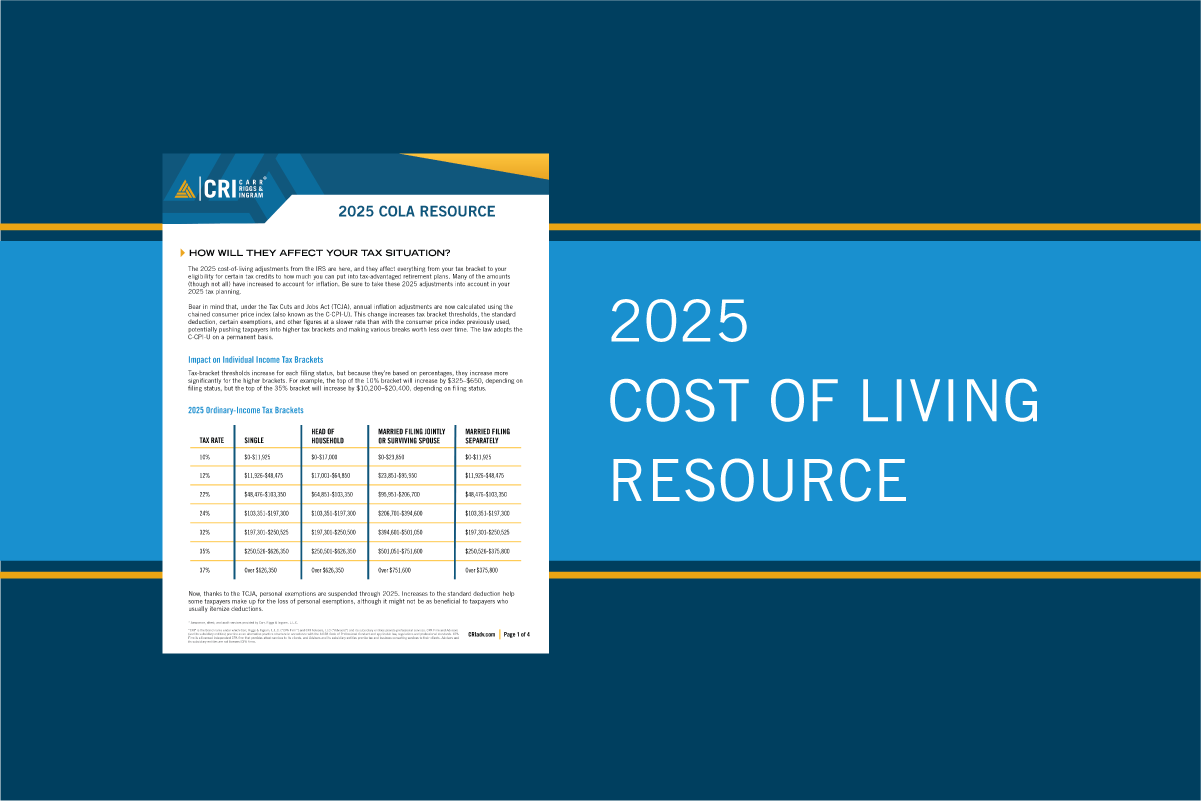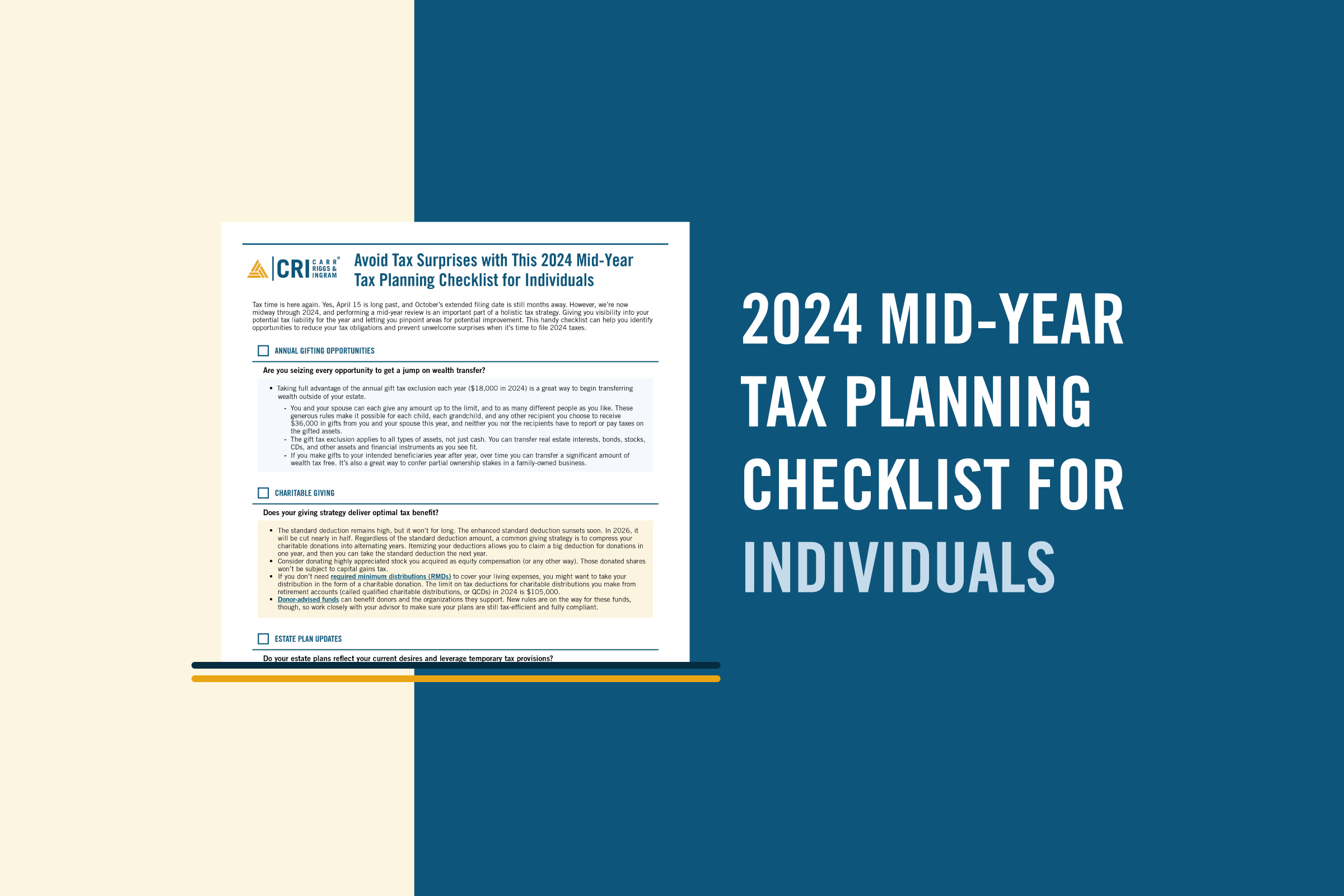Big Changes to Section 529 Plans
- Contributor
- Ann Marie Sale
Nov 15, 2024
The SECURE Act 2.0, signed into law on December 29, 2022, as part of the Consolidated Appropriations Act of 2023, introduces significant changes aimed at strengthening the retirement system in the United States. Many of these changes began in 2024, including new rules for 529 college savings plans. While funding a 529 plan has long been a great way for families to save for college in a tax-advantaged way, these recent rule changes have expanded the benefits and made 529 plans even more attractive, not just for higher education but also for managing other educational and financial needs.
What is a 529 Plan?
A 529 Plan, also known as a qualified tuition plan, is an education savings plan that allows individuals to save for the qualified education expenses of a designated beneficiary. Contributions to the plan cannot exceed the anticipated cost of these expenses. Distributions from the plan are typically tax-free if used for qualified education expenses. Similar to a Roth IRA, you contribute after-tax dollars, and the account's earnings grow tax-free. As long as the withdrawals are used for qualified education expenses, they are not subject to federal taxes.
Changes Affecting 529 Plans
A notable change under SECURE 2.0 is the expanded definition of qualified education expenses for 529 plans. Starting in 2024, the definition now includes K-12 tuition expenses up to $10,000 per year and student loan repayments up to $10,000. This expansion provides greater flexibility for families using 529 plans to cover a broader range of educational expenses.
In addition to these changes, SECURE 2.0 also introduces the ability to transfer funds from a Section 529 account to a Roth IRA for the same beneficiary, tax-free. This provision offers a significant opportunity for individuals with unused educational funds in their 529 plans. Previously, a 529 plan withdrawal for anything other than qualified education expenses may have been subject to income tax and a 10% penalty.
As of 2024, 529 plan account owners can roll over up to an aggregate lifetime limit of $35,000 from a 529 plan into a Roth IRA for the benefit of the 529 plan beneficiary. Taxpayers can feel more confident about opening and funding a 529 plan. Now, if a student’s education needs change or if a student receives scholarships, the 529 plan funds can still be used for their future. CRI can help you talk through the 529 plan rules and opportunities for tax-efficient strategies to save for your family.
Guidelines and Considerations
When considering a rollover from a 529 plan to a Roth IRA under SECURE 2.0, it’s important to understand a few key factors and directives:
- The amount rolled over is subject to the annual Roth IRA contribution limits, and the 529 account must have been open for at least 15 years. The beneficiary of the 529 account must also be the same person who owns the Roth IRA. Additionally, the rollover amount cannot exceed the total contributions made to the 529 account (including related earnings) before the five-year period preceding the rollover. These guidelines are essential to ensure compliance and maximize the benefits of the SECURE 2.0 provisions. If you change the beneficiary or account owner, be aware that this may reset the 15-year clock required for eligibility. Current IRS guidance on this matter is unclear, and the 529 industry is seeking further clarification. Until more information is available, proceed with caution when making such changes.
- Before initiating a rollover, verify with your Roth IRA trustee that the rollover will meet all their rules and regulations. If the rollover request is rejected and returned to the 529 plan, it may be treated as a new contribution. To avoid complications, ensure that all requirements are met in advance.
- There is no specific age requirement for the beneficiary when rolling over funds to a Roth IRA. However, it is crucial that the beneficiary has earned income equal to the contribution in the tax year of the rollover. This ensures that the rollover is compliant with the relevant tax laws.
Following these directives can help ensure a smooth and compliant rollover process under the SECURE 2.0 provisions.
Unlock New Opportunities with 529 Plan Changes
The many changes to 529 Plans provide for significant opportunities for clients utilizing Section 529 plans. It’s important that clients consult with their tax advisors to fully understand the implications and benefits of these changes and ensure compliance with all applicable rules and regulations. If you have any questions or are interested in learning how a Section 529 plan can benefit you, please contact your CRI advisor. Our team is ready to help you navigate these changes and optimize your financial strategies.























































































































































































































































































































































































































































































